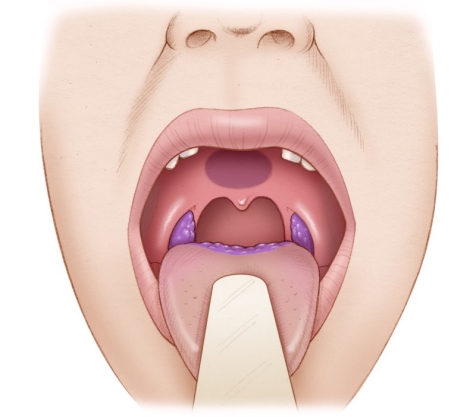

Oral cancer is rare in children, but it can occur. The treatment for oral cancer in pediatric patients is similar to that in adults and may include one or more of the following options:
Surgery: Surgery is often the primary treatment for oral cancer in children. The surgeon may remove the cancerous tumor and a margin of healthy tissue surrounding it. In some cases, the surgeon may also remove lymph nodes in the neck to prevent the cancer from spreading.
Radiation therapy: Radiation therapy uses high-energy radiation to kill cancer cells. It can be used alone or in combination with surgery or chemotherapy.
Chemotherapy: Chemotherapy uses drugs to kill cancer cells. It can be used alone or in combination with radiation therapy or surgery.
Targeted therapy: Targeted therapy uses drugs to target specific proteins or other molecules that help cancer cells grow. It can be used alone or in combination with other treatments.
Immunotherapy: Immunotherapy uses the body’s immune system to fight cancer. It can be used alone or in combination with other treatments.
The choice of treatment will depend on several factors, including the stage and location of the cancer, the child’s age and overall health, and the child’s preferences. It’s important to work with a team of specialists, including an oncologist, a surgeon, and a radiation oncologist, to determine the best treatment plan for each individual child. Additionally, the treatment plan may need to be modified to account for the child’s ongoing growth and development.

